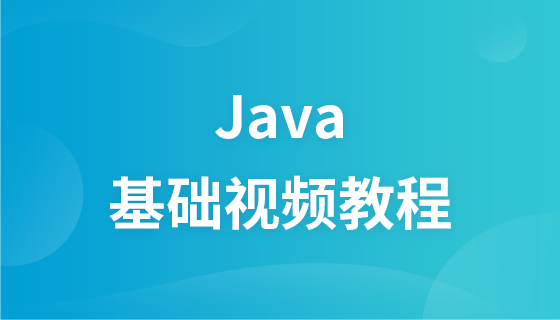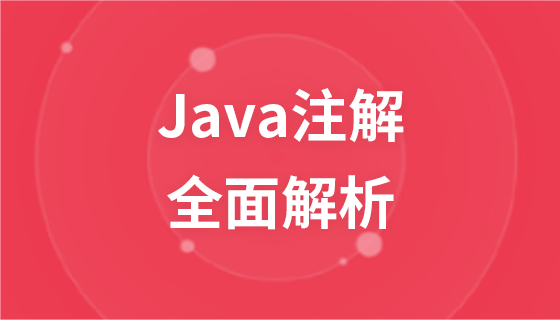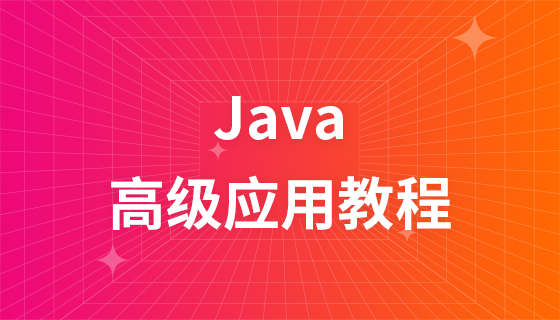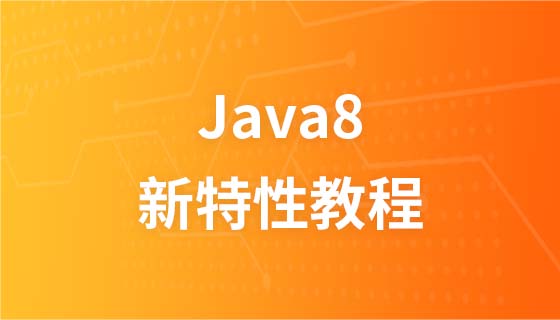這篇文章帶給大家的內容是關於springboot中配置RestTemplate的方法,有一定的參考價值,有需要的朋友可以參考一下,希望對你有幫助。
背景:最近工作上搭建了一個中間系統,採用了RestTemplate框架調用第三系統restful接口,調用方採用輪詢的方式調用本系統的相關接口,期間多次出現堆記憶體溢出,系統假死,通用java自帶的java記憶體分析工具分析系統產生的dump檔案發現有一個物件一直沒被回收,佔用98%堆內存,使用MAT分析該物件所在的線程,發現是使用resttemplate的相關線程,及相關的線程產生的堆對象並沒有隨resttemplate的close後被清除掉,網上搜索相關資料顯示,傳統HttpClient 在高請求量和高並發情況,很容易出現堆內存溢出的情況,而使用Apache中的HttpClient的實例CloseableHttpClient很少發生該現象,而RestTemplate預設使用的是org.springframework.http.client.ClientHttpRequest,需在設定檔進行相關的替換;
#本文主要記錄springboot中配置RestTemplate 。
1、新增相依性:
<!-- https://mvnrepository.com/artifact/org.apache.httpcomponents/httpclient -->
<dependency>
<groupId>org.apache.httpcomponents</groupId>
<artifactId>httpclient</artifactId>
<version>4.5.3</version>
</dependency>#2、設定CloseableHttpClient向相關屬性,並設定定時清理連線
#Package com.**.config;
import lombok.extern.slf4j.Slf4j;
import org.apache.http.HeaderElement;
import org.apache.http.HeaderElementIterator;
import org.apache.http.HttpResponse;
import org.apache.http.client.config.RequestConfig;
import org.apache.http.config.Registry;
import org.apache.http.config.RegistryBuilder;
import org.apache.http.conn.connectionKeepAliveStrategy;
import org.apache.http.conn.socket.ConnectionSocketFactory;
import org.apache.http.conn.socket.PlainConnectionSocketFactory;
import org.apache.http.conn.ssl.SSLConnectionSocketFactory;
import org.apache.http.comn.ssl.TrustSelfsignedStrategy;
import org.apache.http.Impl.client.CloseableHttpClient;
import org.apache.http.Impl.client.Httpclients;
import org.apache.http.Impl.conn.PoolingHttpclientConnectionManager;
import org.apache.http.Message.BasicHeaderELementIterator;
import org.apache.http.protocol.HTTP;
import org.apache.http.protocol.HttpContext;
import org.apache.http.ssl.SSLContextBuilder;
import org.springframework.context.annotation.Bean;
import org.springframework.context.annotation.Configuration;
import org.springframework.scheduling.annotation.Scheduled;
import java.security.KeyManagementException;
import java.security.KeyStoreException;
import java.security.NoSuchAlgorithmException;
import java.util.concurrent.TimeUnit;
/* *
* Supports both HTTP and HTTPS
* Uses a connect ion pool to re-use connect ions and save overhead of creat ing connect ions.
* Has a custom connection keep-al ive strategy (to apply a default keep-alive if one isn't specified)
* starts an idle connection monitor to cont inuously clean up stale connections.
*/
@Slf4j
@Configuration
public class HttpClientConfig {
//Determines the timeout in milliseconds until a connection is established.
private static final int CONNECT_TIMEOUT = 30000;
//The timeout when requesting a connection from the connection manager.
private static final int REQUEST_ TIMEOUT = 30000;
//The timeout for waiting for data
private static final int SOCKET_ TIMEOUT = 60000;
private static final int MAX_ TOTAL CONNECTIONS = 50;
private static final int DEFAULT KEEP ALIVE_ TIME_ MIlLIS = 20 * 1000;
private static final int CLOSE_ IDLE_ CONNECTION WAIT_ TIME_ SECS = 30;
@Bean
public PoolingHttpClientConnectionManager poolingConnectionManager() {
SSLContextBuilder builder = new SSLContextBuilder ();
try {
builder.loadTrustMaterial(null, new TrustSelfSignedStrategy());
}catch (NoSuchAlgorithmException | KeyStoreException e) {
log.error ("Pooling Connection Manager Initialisation failure because of"+ e.getMessage(), e);
}
SSLConnectionSocketFactory sslsf = null;
try{
sslsf = new SSLConnectionSocketFactory (builder.build());
} catch (KeyManagementException | NoSuchAlgorithmException e) {
log.error("Pooling Connection Manager Initialisation failure because of" + e.GetMessage(), e);
}
Registry <ConnectionSocketFactory> socketFactoryRegistry = RegistryBuilder
.create ().register ("https", sslsf)
.register (id: "http", new PlainConnectionSocketFactory ())
.build ();
PoolingHttpclientConnectionManager poolingConnectionManager = new PoolingHttpclientConnectionManager (socketFactoryRegistry);
poolingConnectionManager.setMaxTotal(MAX_ TOTAL CONNECTIONS);
return poolingConnectionManager;
}
@Bean
public ConnectionKeepAliveStrategy connectionKeepAliveStrategy () {
return new ConnectionKeepAliveStrategy (){
@override
public long getKeepAliveDuration (HttpResponse response, HttpContext context) {
HeaderElementIterator it = new BasicHeaderElementIterator
(response.headerIterator(HTTP.CONN_KEEP_ALIVE));
while (it.hasNext()) {
HeaderElement he = it.nextElement();
String param = he.getName();
String value = he.getValue();
if (value != null && param.equalsIgnoreCase("timeout")) {
return Long.parseLong(value) * 1000;
}
}
return DEFAULT_ KEEP_ALIVE_TIME_MILlIS;
}
};
}
@Bean
public CloseableHttpClient httpClient () {
RequestConfig requestConfig = RequestConfig.custom ()
.setConnectionRequestTimeout(REQUEST_TIMEOUT)
.setConnectTimeout (CONNECT_TIMEOUT)
.setSocketTimeout (SOCKET_TIMEOUT).build();
return Httpclients.custom ()
.setDefaultRequestConfig(requestConfig)
.setConnectionManager (poolingConnectionManager ())
.setKeepAliveStrategy (connectionKeepAliveStrategy ())
.build ();
}
@Bean
public Runnable idleConnectionMonitor (final PoolingHttpClientConnectionManager connectionManager){
return new Runnable() {
@override
@Scheduled(fixedDelay = 10000)
public void run() {
try {
if (connectionManager != null) {
log.trace("run IdleConnectionMonitor - Closing expired and idle connections... ");
connectionManager.closeExpiredConnections();
connectionManager.closeIdleConnections(CLOSE_IDLE_CONNECTION_WAIT_TIME_SECS, TimeUnit.SECONDS);
} else
log.info("run IdleConnectionMonitor - Http Client Connection manager is not initialised");
} catch (Exception e) {
log.error("run IdleConnectionMonitor - Exception occurred.msg={}. ", e.getMessage());
}
}
};
}
}3、替換TestTemplate中的預設httpClient
#Package com.**.config;
import lombok.extern.slf4j.Slf4j;
import org.apache.http.impl.client.CloseableHttpClient;
import org.springframework.beans.factory.annotation.Autowired;
import org.springframework.context.annotation.Bean;
import org.springframework.context.annotation.Configuration;
import org.springframework.http.client.Httpcomponentsclienthttprequestfactory;
import org.springframework.http.converter.HttpMessageConverter;
import org.springframework.http.converter.StringHttpMessageConverter;
import org.springframework.scheduling.TaskScheduler;
import org.springframework.scheduling.concurrent.ThreadPoolTaskScheduler;
import org.springframework.web.client.RestTemplate;
import java.nio.charset.Charset;
import java.util.Iterator;
import java.util.List;
@Slf4j
@Configuration
public class RestTemplateConfig {
@Autowired
CloseableHttpClient httpClient;
@Bean
public RestTemplate restTemplate () {
RestTemplate restTemplate = new RestTemplate(clientHttpRequestFactory());
/**
* StringHttpMessogeConverter 默认使用 IS0-8859-编码,此处修改为 UTF-8
*/
List<HttpMessageConverter<?>> messageConverters = restTemplate.getMessageConverters();
Iterator<HttpMessageConverter<?>> iterator = messageConverters.iterator();
while (iterator.hasNext()) {
HttpMessageConverter<?> converter = iterator.next();
if (converter instanceof StringHttpMessageConverter) {
((StringHttpMessageConverter) converter).setDefaultCharset(Charset.forName("UTF-8"));
}
}
return restTemplate;
}
@Bean
public HttpComponentsClientHttpRequestFactory clientHttpRequestfactory () {
HttpComponentsClientHttpRequestFactory clientHttpRequestFactory = new HttpComponentsClientHttpRequestfactory();
clientJttpRequestFactory.setHttpClient(httpClient);
return clientHttpRequestFactory;
}
@Bean
public TaskScheduler taskScheduler() {
ThreadPooolTaskScheduler scheduler = new ThreadPooolTaskScheduler();
scheduler.setThreadNamePrefix("poolScheduler");
scheduler.setPoolSize (50);
return scheduler;
}
}4、在啟動類別中註入RestTemplate類別:
@Bean
public RestTemplate restTemplate(RestTemplateBuilder builder){
return builder.build();
}至此,RestTemplate可以正常使用了。
以上是springboot中配置RestTemplate的方法的詳細內容。更多資訊請關注PHP中文網其他相關文章!




